It looks like you're using an Ad Blocker.
Please white-list or disable AboveTopSecret.com in your ad-blocking tool.
Thank you.
Some features of ATS will be disabled while you continue to use an ad-blocker.
2
share:
It's a very common source for UFO misidentification and one of the various flare effects that occurs when a bright light source is photographed.
Usually, people who take photos with this effect don't know how it's done and haven't seen anything with naked eye.
I'll explain here how it works in an optical and scientific way with some examples:
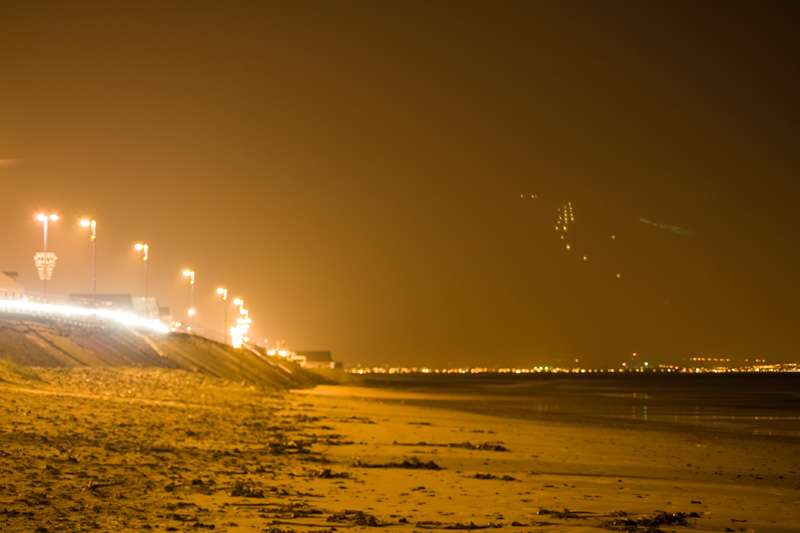
The flare is generally due to the presence of a protective filter in the camera, after the lens. The flare is a mirror ghost of the original bright object, with the image center serving as a point of symmetry (or point reflection).
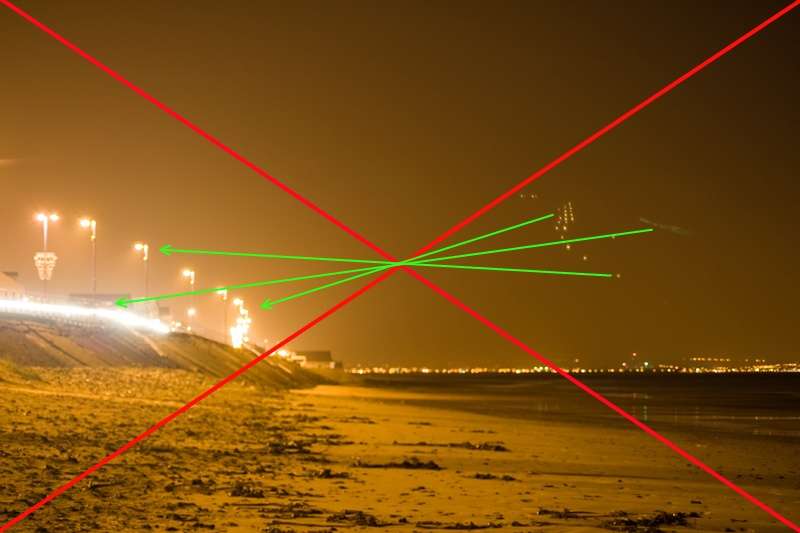
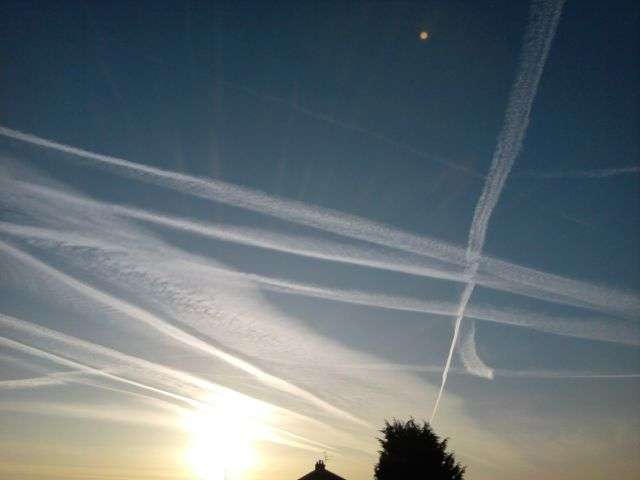
All dimensions are, most of the time, perfectly preserved, which suggests that reflections at planar surfaces are responsible.
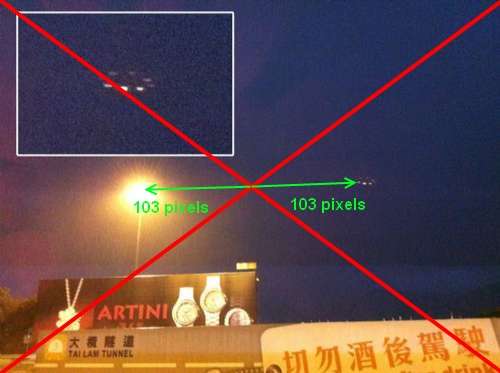
Let's see how it works with the figure below:
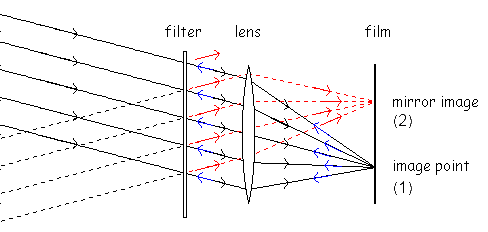
Black arrows indicate the light rays of a distant bright light source that form a regular image point on the film (1). Values for the reflectance of undeveloped photographic film vary from 15% to 40% [see sources 1,2], which makes the film a much stronger reflector than any optical component in the lens.
So, a significant percentage of the light is reflected off the film, partly specular and partly diffuse. (For convenience, we will consider that paths of the reflected light are the same and thus are already drawn for the incident light).
Thus, the blue arrows indicate light reflected from the film. This light encounters the filter, which specularly reflects a small fraction (red arrows). The red rays are parallel and consequently focused onto a point on the film. (2)
The virtual source of the mirror point is traced by the dashed black lines. Note that the blue rays reflected by the film seem odd from the viewpoint of specular reflection; they merely illustrate the fact that all light rays that originate from a single point on the film, and which are collected by the lens, emerge parallel at the filter.
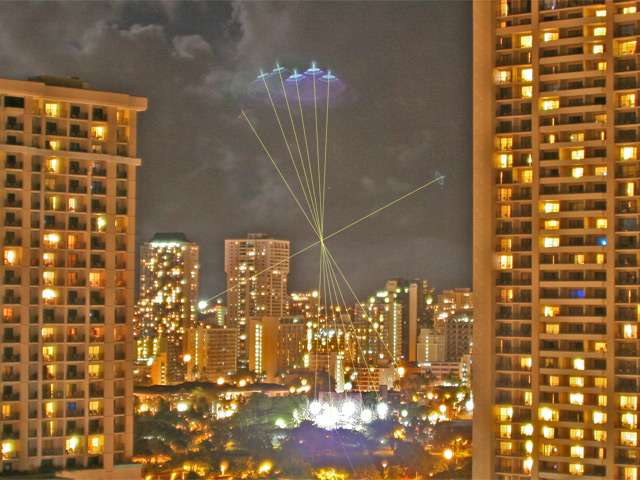
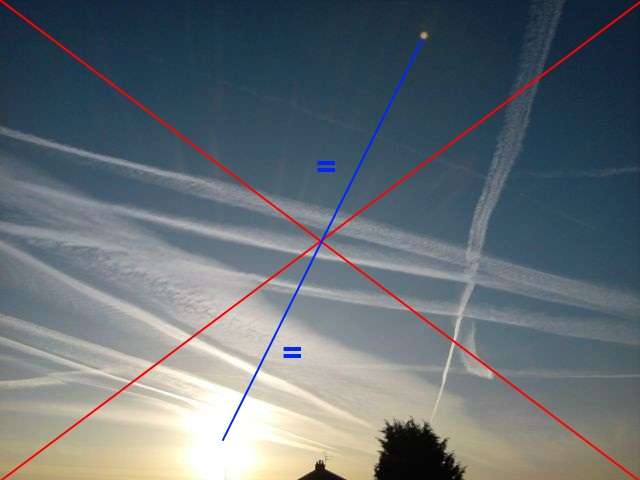
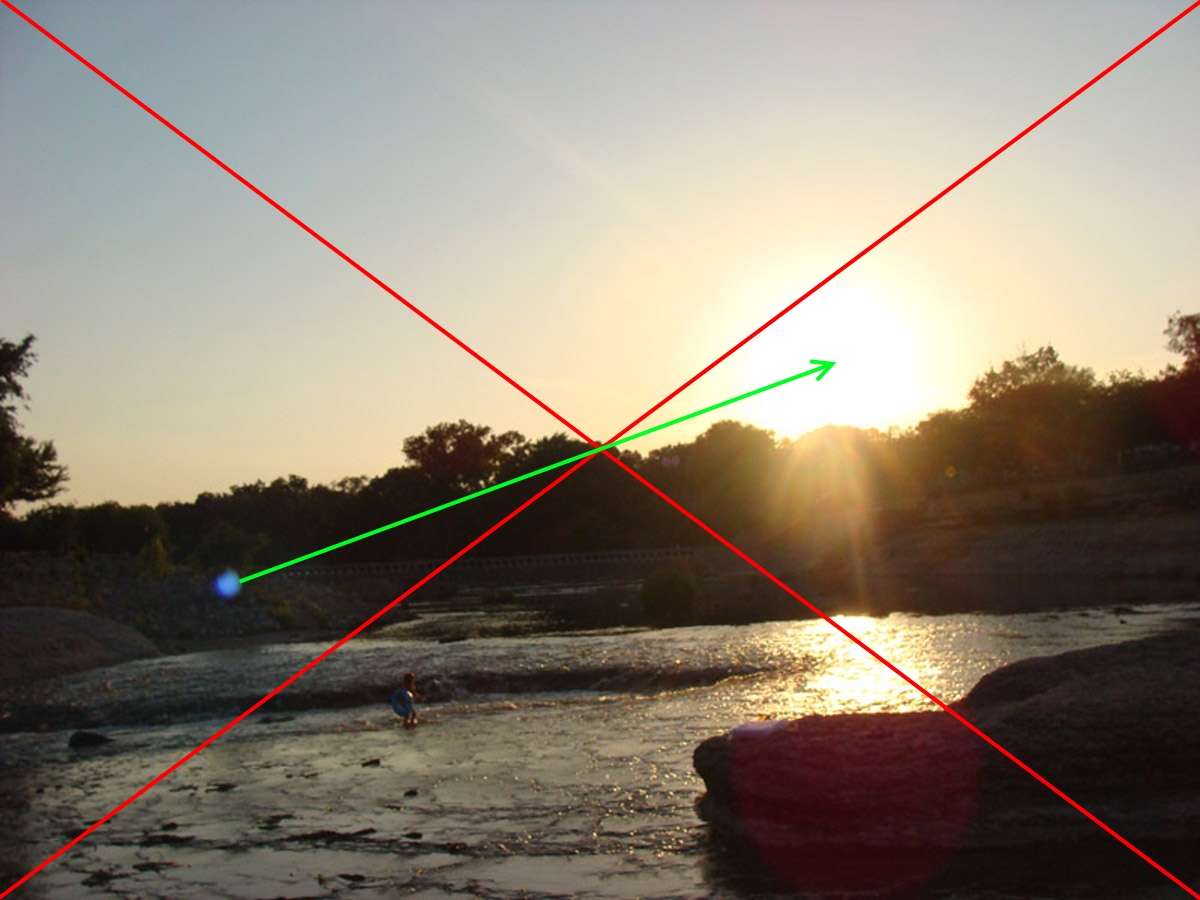
Here, the filter that was used is curved, thus the difference in the distance between the central point and the light source and its ghost image
Not all light reflected off the film makes it back to the mirror point. The presence of an aperture stop further reduces the number of rays allowed to return to the film.
The risk of being confronted with filter flare reduces with a smaller focal length, a smaller aperture (larger F-number), an increased separation of highlights from the image center, and with a better filter quality. However, by far the most secure way to avoid this type of flare is to omit the filter altogether.
People who want to try their luck with UFOs may improve their chances by using a tele lens at a large aperture. I guess that, instead of a filter, a lens element with a flat face could also give rise to mirror ghosts.
[1] SPSE handbook of photographic science and engineering, edited by Woodlief Thomas Jr., John Whiley & sons, p. 204 (1973).
[2] Sidney F. Ray, Applied photographic optics, 3rd ed., Focal Press, p. 139 (2002).
Usually, people who take photos with this effect don't know how it's done and haven't seen anything with naked eye.
I'll explain here how it works in an optical and scientific way with some examples:

The flare is generally due to the presence of a protective filter in the camera, after the lens. The flare is a mirror ghost of the original bright object, with the image center serving as a point of symmetry (or point reflection).


All dimensions are, most of the time, perfectly preserved, which suggests that reflections at planar surfaces are responsible.

Let's see how it works with the figure below:

Black arrows indicate the light rays of a distant bright light source that form a regular image point on the film (1). Values for the reflectance of undeveloped photographic film vary from 15% to 40% [see sources 1,2], which makes the film a much stronger reflector than any optical component in the lens.
So, a significant percentage of the light is reflected off the film, partly specular and partly diffuse. (For convenience, we will consider that paths of the reflected light are the same and thus are already drawn for the incident light).
Thus, the blue arrows indicate light reflected from the film. This light encounters the filter, which specularly reflects a small fraction (red arrows). The red rays are parallel and consequently focused onto a point on the film. (2)
The virtual source of the mirror point is traced by the dashed black lines. Note that the blue rays reflected by the film seem odd from the viewpoint of specular reflection; they merely illustrate the fact that all light rays that originate from a single point on the film, and which are collected by the lens, emerge parallel at the filter.



Here, the filter that was used is curved, thus the difference in the distance between the central point and the light source and its ghost image
Not all light reflected off the film makes it back to the mirror point. The presence of an aperture stop further reduces the number of rays allowed to return to the film.
The risk of being confronted with filter flare reduces with a smaller focal length, a smaller aperture (larger F-number), an increased separation of highlights from the image center, and with a better filter quality. However, by far the most secure way to avoid this type of flare is to omit the filter altogether.
People who want to try their luck with UFOs may improve their chances by using a tele lens at a large aperture. I guess that, instead of a filter, a lens element with a flat face could also give rise to mirror ghosts.
[1] SPSE handbook of photographic science and engineering, edited by Woodlief Thomas Jr., John Whiley & sons, p. 204 (1973).
[2] Sidney F. Ray, Applied photographic optics, 3rd ed., Focal Press, p. 139 (2002).
edit on 23-6-2012 by elevenaugust because: adding
sources and correcting typos
edit on 23-6-2012 by elevenaugust because: (no reason given)
reply to post by elevenaugust
What about the curvy bead thread seen with the naked eye against black starry sky?Cater pillar all lit up and floating about....freaked me out,no one believed me...bunch of bebochitories ill returned.
What about the curvy bead thread seen with the naked eye against black starry sky?Cater pillar all lit up and floating about....freaked me out,no one believed me...bunch of bebochitories ill returned.
new topics
-
Kamala finally builds a wall...around her home in DC
Jokes, Puns, & Pranks: 31 minutes ago -
Ok Melbourne, Really?
Music: 2 hours ago -
Predictions for the result
2024 Elections: 5 hours ago
2
